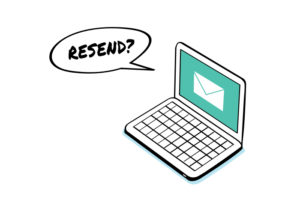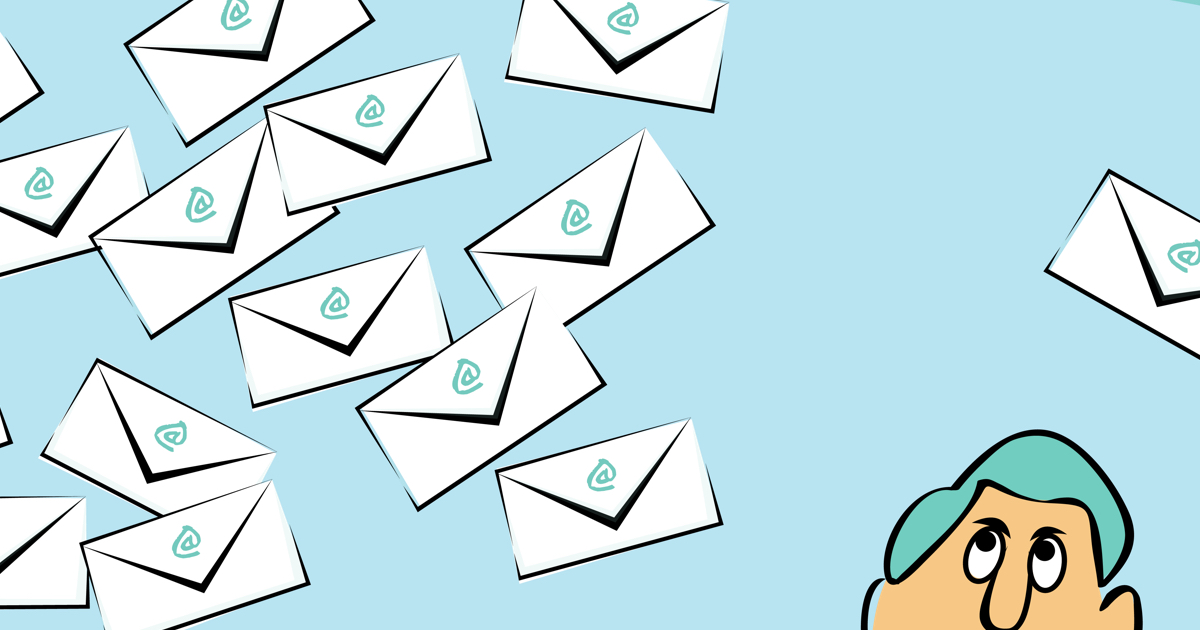Resending emails sounds like a logical decision to implement in your marketing campaign but, if your first email hasn’t received good open rates should you bother with resends? My answer: Yes, you should, just not all of them.
Here’s a quick post to help you decide when and how you should resend!
When?
 It can be hard to decide when to resend emails that haven’t returned the results you were expecting. No one wants to risk losing more of their contacts to the unsubscribes list. Here are a few things to consider…
It can be hard to decide when to resend emails that haven’t returned the results you were expecting. No one wants to risk losing more of their contacts to the unsubscribes list. Here are a few things to consider…
It’s important for you to review the metrics on your original send before making the decision to have a resend. Open and Click rates of the email are a good place to begin – you may feel certain emails are more important for consumers to click through, therefore focus on resending to those who haven’t clicked and vice versa.
There’s no need for you to resend to your whole list, in fact your customers must get hundreds of emails in a day. At this rate, it’s more likely your message will get lost in a flood of emails! Focusing on those that haven’t taken action and excluding those who have helps increase engagement without spamming everyone on your list.
Resends give you a second chance to engage your contacts. This doesn’t mean you should bombard your audience with multiple resends, but try thinking smarter. You should think about the long-term value you can offer to your customers by resending emails with free downloadable content or notes that appreciate them. It’s not always just about the one time open or click, but a lifelong valued customer.
How?
I’ve put together a few best practices to get that critical engagement you are looking for from your email resends.
- Don’t resend every email in the campaign – resend the most effective or important topics. It’s not necessary for you to resend every single one of your emails in a campaign. Focus on resending emails with a call to action.
- Update the content and subject line to avoid repetitiveness – Always give your audience an updated version of the initial content, something new and fresh.
- Short and relevant! If your first email didn’t work out the way you wanted, don’t bore your audience with the same content again. Keep the main content short enough to read and relevant enough to take action.
- Not every marketing strategy calls for creating a sense of urgency. Finding the ideal email frequency and wait time can maximise email response activity.
- Jazz up your template design! Try using a different template. Changing layouts and images can make a huge difference.
- Vary the send day and time to the original sending. Don’t always expect the same results! Experiment different days and times and find your sweet spot.
Top Tip! When sending emails, start by testing different sending times for optimal engagement and track analytics to collect research for next time. You can then modify and align marketing campaigns to target your audience’s routine.
If you’re looking for help around email deliverability and reporting, get in touch with us!
